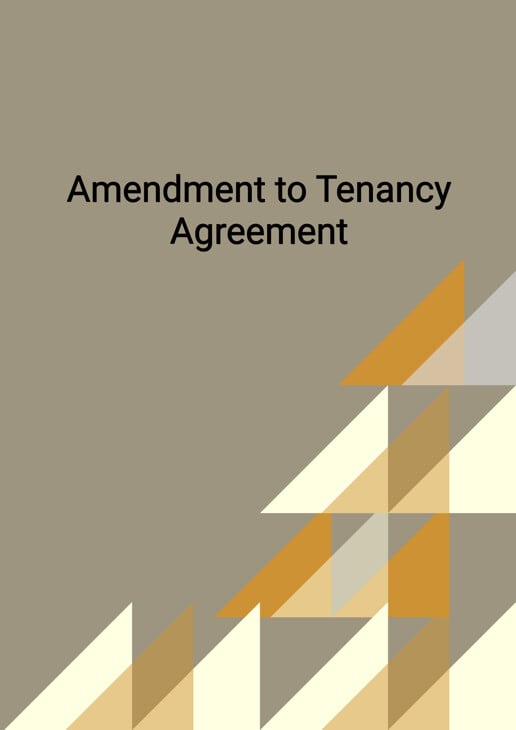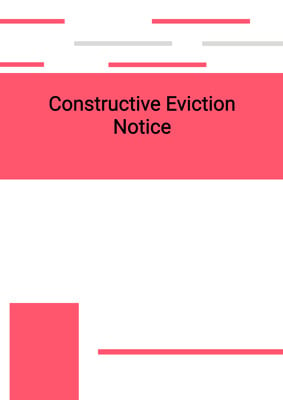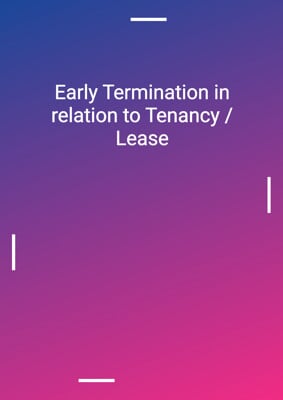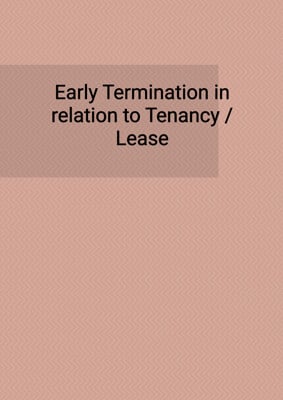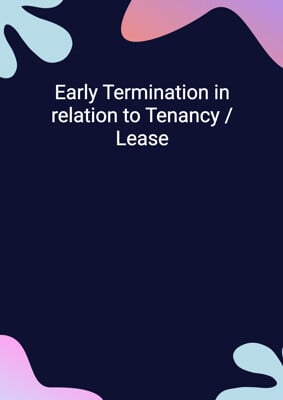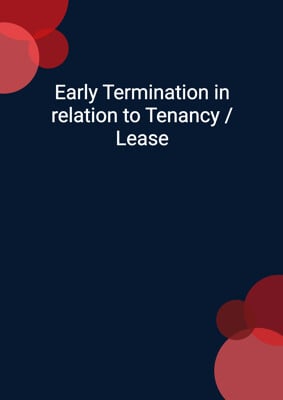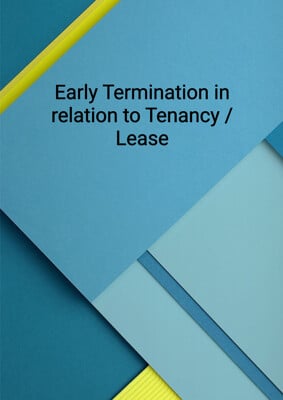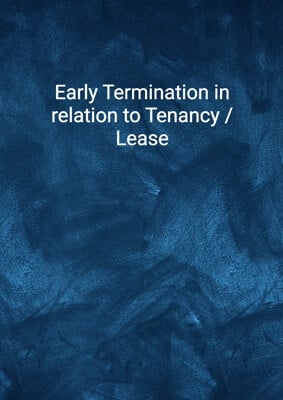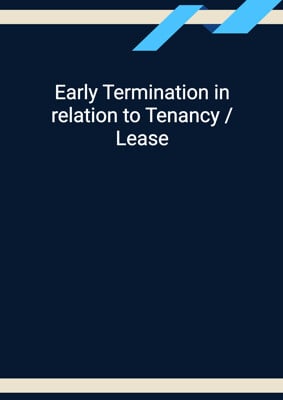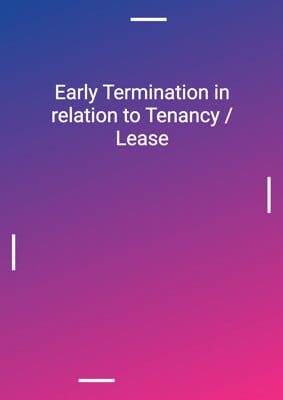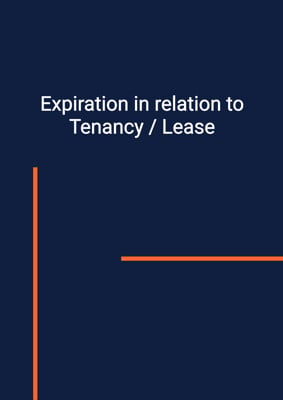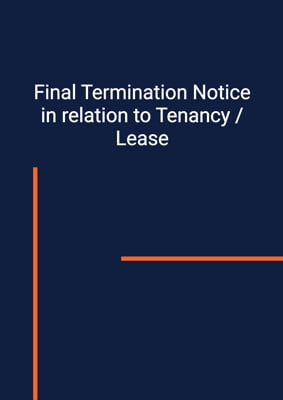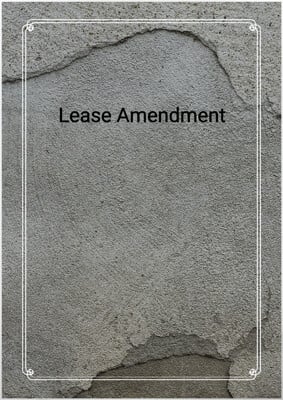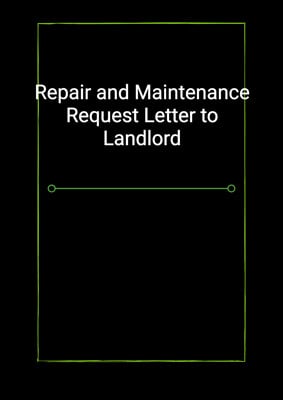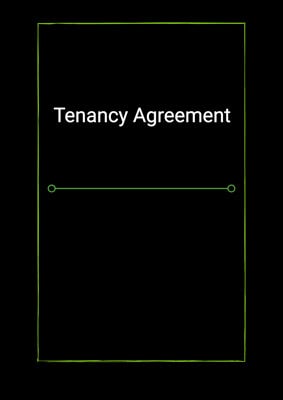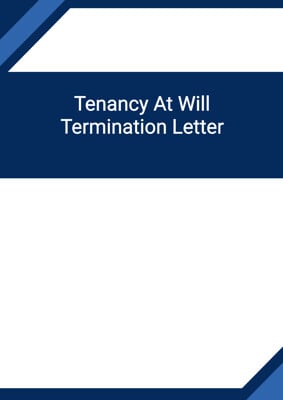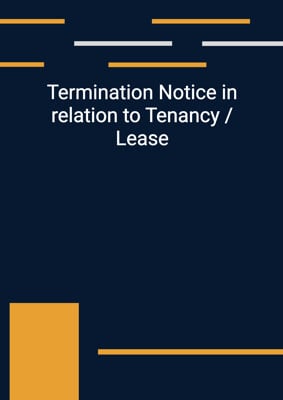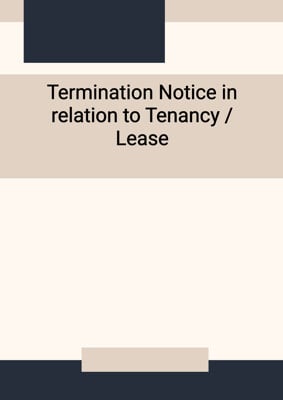How to Tailor the Document for Your Need?
01
Create Document
Fill in the details of the parties. You can click the "Fill with Member’s Information" button to complete it with information saved to your account.
02
Fill Information
Please fill in any additional information by following the step-by-step guide on the left hand side of the preview document and click the "Next" button.
03
Get Document
When you are done, click the "Get Document" button and you can download the document in Word or PDF format.
04
Review Document
Please get all parties to review the document carefully and make any final modifications to ensure that the details are correct before signing the document.
Document Preview
Document Description
The Amendment to Tenancy Agreement is a document that is used to modify an existing tenancy agreement between the landlord and the current tenant. This document is important as it allows for the inclusion of an additional tenant to the tenancy agreement. The amendment sets out the terms and conditions that will apply to the additional tenant and ensures that they are jointly and severally responsible for all obligations under the tenancy agreement.
The document begins with a brief introduction, stating that it is an amendment to the existing tenancy agreement. It identifies the parties involved in the agreement, including the landlord, the current tenant, and the additional tenant. The premises to which the tenancy agreement relates are also mentioned.
The agreed terms of the amendment are then outlined in numbered paragraphs. The first term states that the additional tenant will be included as a tenant to the tenancy agreement from a specified commencement date. This means that the additional tenant will have the same rights and responsibilities as the current tenant.
The second term confirms that the additional tenant has received a copy of the tenancy agreement and all addendums and agrees to be bound by their terms and conditions. This ensures that the additional tenant is aware of the existing obligations and provisions of the tenancy agreement.
The third term states that the additional tenant will be jointly and severally responsible and liable for all obligations under the tenancy agreement. This means that the landlord can hold both the current tenant and the additional tenant responsible for any breaches of the agreement.
The fourth term clarifies that, except for the amendments made by this amendment, all other terms and conditions of the tenancy agreement will remain in full force and effect. This ensures that the existing provisions of the tenancy agreement are not affected by the inclusion of the additional tenant.
The fifth term requires the parties to perform any further acts and execute any further documents that may be necessary to implement and give effect to the amendment. This ensures that both parties are committed to fulfilling their obligations under the amendment.
The sixth term states that the amendment can only be changed by a written instrument executed by the parties. This ensures that any modifications to the amendment are properly documented and agreed upon.
The seventh term states that the amendment is binding on the parties and their successors, heirs, and assigns. This means that the rights and obligations under the amendment will continue to apply even if there is a change in ownership or tenancy.
The eighth term allows for the amendment to be executed in multiple counterparts, meaning that each party can sign a separate copy of the amendment. All the counterparts together will constitute a single, original instrument.
The ninth term specifies that the amendment is governed by the laws of the tenancy agreement. This means that any disputes arising from the amendment will be resolved in accordance with the provisions of the tenancy agreement.
The tenth term clarifies that only the parties to the amendment have the right to enforce its terms. This means that third parties cannot claim any rights or benefits under the amendment.
The eleventh term states that the amendment will become effective upon the signatures of both parties. This ensures that the amendment is legally binding once it has been signed by the authorized representatives of the parties.
The document concludes with a witness statement and the signatures of the authorized representatives of the parties. It also states that all other terms and conditions of the tenancy agreement remain the same, except as provided in the amendment.
How to use this document?
1. Include the additional tenant: Enter the name and address of the additional tenant in the appropriate section of the amendment. This ensures that the additional tenant is officially included in the tenancy agreement.
2. Acknowledge receipt of the tenancy agreement: Ensure that the additional tenant has received a copy of the tenancy agreement and all addendums. This ensures that they are aware of the existing terms and conditions.
3. Joint and several responsibility: Make it clear that the additional tenant will be jointly and severally responsible for all obligations under the tenancy agreement. This ensures that they share the same level of responsibility as the current tenant.
4. Preserve existing terms and conditions: Clarify that, except for the amendments made by the amendment, all other terms and conditions of the tenancy agreement will remain in full force and effect. This ensures that the existing provisions of the tenancy agreement are not affected.
5. Perform further acts and execute documents: Commit to performing any further acts and executing any further documents that may be necessary to implement and give effect to the amendment. This ensures that both parties are committed to fulfilling their obligations under the amendment.
6. Written instrument for changes: State that any changes to the amendment can only be made by a written instrument executed by the parties. This ensures that any modifications to the amendment are properly documented and agreed upon.
7. Binding on parties and successors: Confirm that the amendment is binding on the parties and their successors, heirs, and assigns. This means that the rights and obligations under the amendment will continue to apply even if there is a change in ownership or tenancy.
8. Execution in counterparts: Allow for the amendment to be executed in multiple counterparts. This means that each party can sign a separate copy of the amendment, and all the counterparts together will constitute a single, original instrument.
9. Governing law and dispute resolution: Specify that the amendment is governed by the laws of the tenancy agreement and that any disputes arising from the amendment will be resolved in accordance with the provisions of the tenancy agreement. This ensures that the legal framework for the tenancy agreement applies to the amendment.
10. No enforcement by third parties: Clarify that only the parties to the amendment have the right to enforce its terms. This means that third parties cannot claim any rights or benefits under the amendment.
11. Effective upon signatures: State that the amendment will become effective upon the signatures of both parties. This ensures that the amendment is legally binding once it has been signed by the authorized representatives of the parties.
Not the right document?
Don’t worry, we have thousands of documents for you to choose from:
